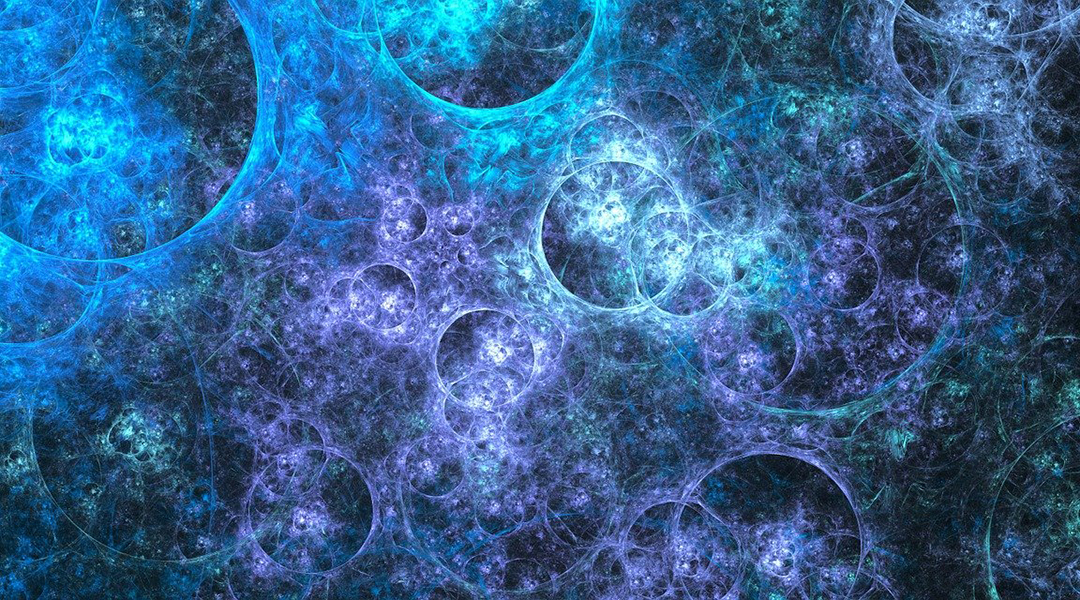Is it possible to detect a gravitational wave born almost immediately after the Big Bang? In a new study, an international team of theoretical physicists propose that in a couple of decades this may in fact be possible using the upcoming LISA space telescope.
These waves were likely emitted during the phase transitions of matter that took place in the early universe and could help elucidate fundamental processes that took place during the first moments following the Big Bang.
Phase transitions in the universe’s first moments
Phase transitions, such as ice melting or turning graphite into diamond under intense pressure, are common phenomena. They are abrupt, qualitative changes in the properties of a substance and usually occur when a physical system approaches a specific critical temperature. Many physicists believe that phase transitions happened in the first moments after the Big Bang, when all matter in the universe was an extremely hot and dense plasma.
As the universe expanded, the plasma temperature decreased, possibly causing phase transitions that must have proceeded through the creation, expansion, and merger of bubbles of the new phase within the old, much like vapor bubbles behave in boiling water. These processes in the primordial plasma would have produced powerful gravitational waves — ripples in the spacetime geometry — whose shape and amplitude depend on the details of the transition.
A group of physicists from Finland, Spain, and the United Kingdom computed the properties of the gravitational waves produced by these transitions and found that if the critical temperature was around ten quadrillion Kelvin, the gravitational waves they generated might be detected by the extremely sensitive future space-based telescope, LISA — a joint project between NASA and the European Space Agency scheduled for launch no earlier than 2037.
New insights into particle physics
The physicists’ computations were carried out using a technique known as holographic duality, a method that allows scientists to map complicated calculations in quantum field theory — a framework for describing elementary particle interactions — to more tractable problems in string theory, which live in a fictitious ten-dimensional spacetime.
According to the holographic hypothesis, for every measurable quantity in quantum field theory, an analogue exists in ten-dimensional string theory. The validity of this duality has been verified in hundreds of papers by direct calculations of various quantities in quantum field theory and in string theory, which gave the same results.
In the current study, holographic duality helped the physicists analyze important properties of the transition, such as the bubble nucleation temperature and the phase transition rate, among others. However, they were unable to compute the phase transition’s bubble expansion velocity and had to use an estimate of this quantity obtained previously from a similar physical system.
Some of the phase transition’s parameters were easier to compute as the two phases can be assumed to exist in an equilibrium, or in this case, a “quasi-equilibrium”. The expansion velocity, on the other hand, is a fully non-equilibrium quantity, having been computed only in various approximations.
The physics of these primordial phase transitions go beyond the Standard Model of elementary particles. By detecting the gravitational waves they created, scientists hope to gain a wealth of information and new insights into particle physics at extremely high energies that even giant accelerators like Large Hadron Collider have been unable to provide so far.
Reference: Fëanor Reuben Ares, et al., Gravitational Waves at Strong Coupling from an Effective Action, Phys. Rev. Lett. 128, 131101 (2022), DOI: 10.1103/PhysRevLett.128.131101

















